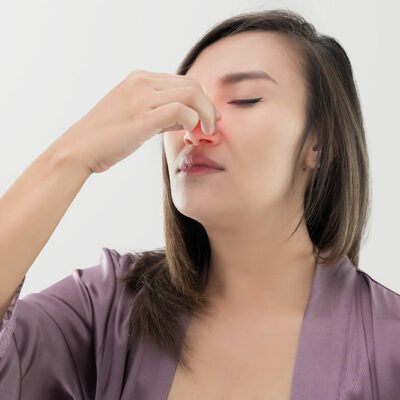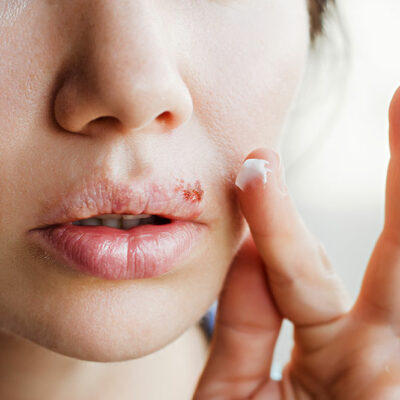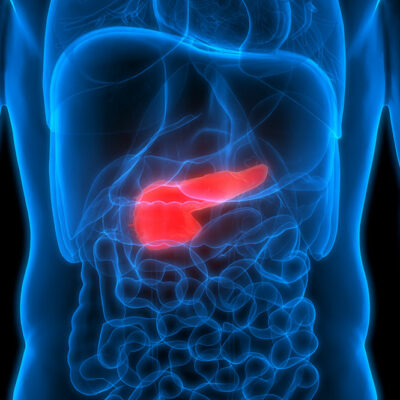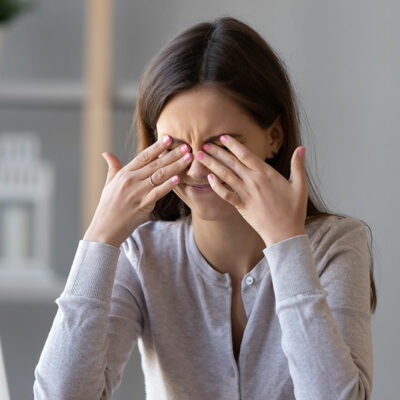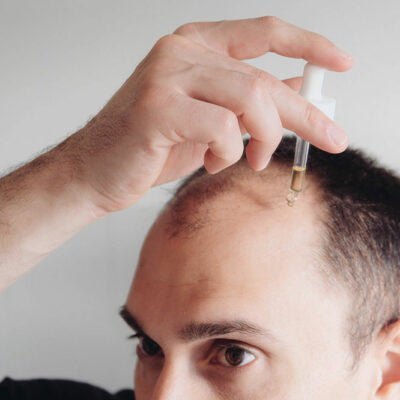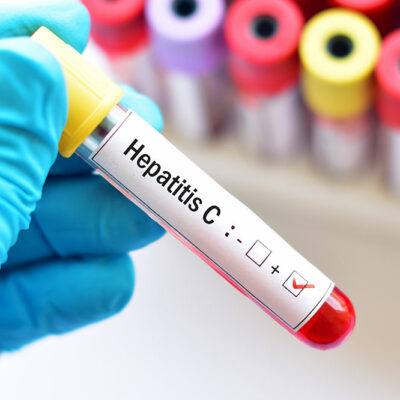
Health
Hepatitis C – Risk Factors and Prevention
Hepatitis C is a viral liver infection that is caused by the hepatitis C virus. The symptoms begin to show only after two to six weeks after one has contracted the virus. The common symptoms are jaundice, nausea, and loss of appetite. The hepatitis C virus is transmitted via the blood or fluids of an infected person. The article attempts to shed light on how hepatitis C spreads and some ways to avoid it. Risk factors of Hepatitis C 1. Sharing needles Reusing or sharing needles used by a person infected with hepatitis C greatly increases one’s risk of developing the condition. This is because needles expose one directly to the bodily fluids of another person. Even sharing cigar pipes can expose one to the hepatitis virus, as even a small trace of blood is sufficient to cause the disease. 2. Unsterilized medical equipment Medical equipment, such as syringes or vials, can be contaminated with an infected person’s blood if not cleaned properly. Moreover, inadequate sanitation and unclean surfaces can also result in contraction. Therefore, lack of regular cleaning, sanitation, and reuse of needles and syringes in a medical institution can lead to an outbreak of the hepatitis C virus.
Read More 
